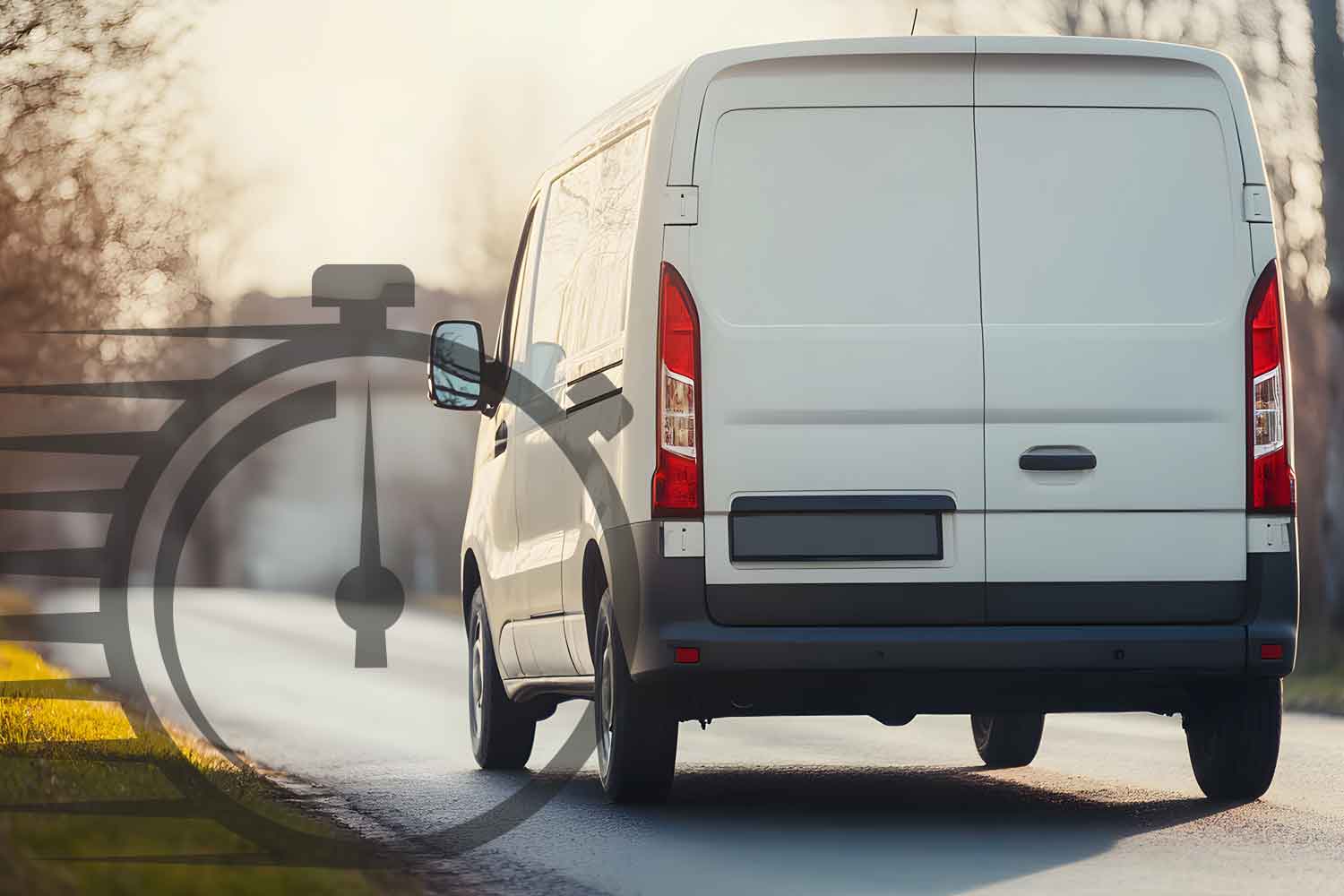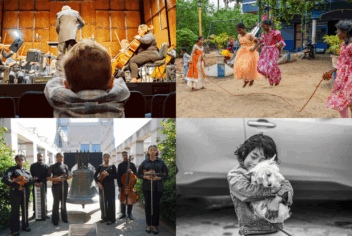Whether its damage to the body or mechanical parts, missing mirrors, or broken lights — it doesn’t take a big impact to make a vehicle unsafe to drive. For a nonprofit, losing the use of a vehicle, even for a short time, can make a big impact.
When one of your vehicles has been damaged, you want your insurance to process your auto claim and get repairs going as fast as possible — which is why it’s so important that you provide photos of the damage to your insurance provider along with your claim forms.
By including photos, auto insurance claims for minor and moderate vehicle incidents can be sorted in much less time than it would otherwise take. Without photos, claims can often take weeks to process — time that no nonprofit can afford to spare.
Let’s visit a scenario involving a minor incident involving a nonprofit’s vehicle, review the actions that followed, and explore some practices and procedures that may help your nonprofit in a similar situation.
The Nonprofit:
A nonprofit operated a transportation service to help seniors and those with disabilities get to their medical appointments. To accomplish this mission, the nonprofit owned and operated a fleet of five large vans.
The Incident:
After safely dropping off a client, one of the nonprofit’s drivers was returning to the organization’s headquarters.
When attempting to reverse the van into a parking space at the headquarters, the driver struck a concrete bollard at a low speed, damaging the bumper, denting the right rear door, and smashing the right taillight.
The driver immediately notified the nonprofit’s main office, snapped multiple photos of the damage, and provided them to the supervisor.
The Coverage:
Because the damage to the taillight and rear bumper made the van unsafe to operate, the nonprofit alerted their broker, who began the process of making a claim on the nonprofit’s Commercial Auto policy with Nonprofits Insurance Alliance (NIA).
The Result:
Because the nonprofit submitted multiple photos of the damaged van along with their claim form, NIA’s Claims team was able to use them to evaluate the damage quickly and provide an estimate for the nonprofit.
This fast turnaround from the claims process meant the nonprofit had a check in hand and was able to schedule to have repairs started right away.
What Did the Nonprofit Do Right?
In this scenario, the nonprofit and the driver did several things correctly before and after the incident, including:
- The driver alerted the nonprofit immediately
- The driver took multiple photos of the damage to the van
- The nonprofit notified their broker immediately to begin the claims process
- The nonprofit provided the driver’s photos to NIA with their claims form
The photos enabled NIA to resolve their claim quickly, which minimized the amount of time that the nonprofit was without the vehicle.
How Can Your Nonprofit Protect Itself?
When your vehicle is damaged in a relatively minor traffic incident, it’s important to remember that even minor damage can render a vehicle unsafe — or even illegal — to operate.
If you’ve got a damaged vehicle, and your mission depends on operational, safe, and street-legal vehicles, you can’t afford to spend weeks waiting for your auto insurance to green-light your claim.
You want to get repairs started as quickly as possible, so consider establishing practices that will help your insurance provider process your claims faster.
Submit Photos of the Damage
When your vehicle is damaged, make sure that your drivers and their supervisors know to get photos of the damage — the more photos and angles of the damage, the better.
Are there other vehicles or property involved? Try and get the following additional photos, including:
- Any other vehicle(s) — including the license plate
- Any property that may have been damaged
- If the property owner is available, get their information
- The driver’s license of all other drivers involved
- Current DMV registration for all vehicles
- Current proof of insurance for all drivers
Then, when you submit your claim forms to NIA, be sure to include all the photos.
The photos will enable NIA’s Claims team to use visual technology to help them accurately assess the damage. In some cases, it can help NIA provide you with an estimate for repairs in a matter of days — enabling you to get repairs underway much faster.
Driver Training
Are your drivers used to driving vehicles that are different sizes, shapes, and handle differently than their personal vehicles?
It’s always a smart idea to require driver training and road safety courses — with regular refreshers — for all employees and volunteers who will be operating vehicles on your behalf.
That way, you can make sure that all your drivers are familiar and comfortable behind the wheel of your vehicles, that they understand your expectations for safe and appropriate conduct on the road, and that they recognize they are representing you and your mission to the community.
Other Vehicle Safety Practices to Consider
- Screening your drivers
- Requiring regular training
- Monitoring driving habits
- Establishing “safe use” protocols
- Proper maintenance and upkeep
- Collision response planning
- Maintaining complete and thorough records
These are all essential elements of a fleet safety program. If your organization does not have a written program in place, contact NIA’s risk management consultants for assistance.
Note: If your nonprofit’s drivers are operating their own vehicles and are involved in a traffic incident while on the road on your behalf, be sure to report those to your broker as well — even though the employee’s insurance is primary.
Conclusion
When a fender bender or another minor, non-injury traffic incident happens, it’s good to take a moment, collect your thoughts, and count your blessings — vehicles can be replaced, people can’t.
Your nonprofit’s risk management planning should include preparations for traffic incidents of all severities — and your screening, training, recordkeeping, processes, and procedures should all reflect that mentality.
However, when there’s been injuries from an incident, you are free to focus your attention on working with your insurance provider to get your nonprofit’s vehicle repaired or replaced as quickly as you can.
But your insurance can’t do it alone — by providing your insurer with photos of the damage sustained, it can help your claims get processed faster, your vehicles repaired sooner, and your fleet back to full strength and serving your mission quicker.
From the Claims Files stories like the one above are intended to be informational in nature. Coverage will vary depending on language specific to your policy and your specific facts and circumstances.
Please contact your insurance broker and/or agent for your specific coverage implications based on your specific situation and follow any claims reporting procedures from your policy with your broker if there might be a claim.
Nothing in this story should be considered as legal advice or opinion and you should seek independent advice or legal counsel.





